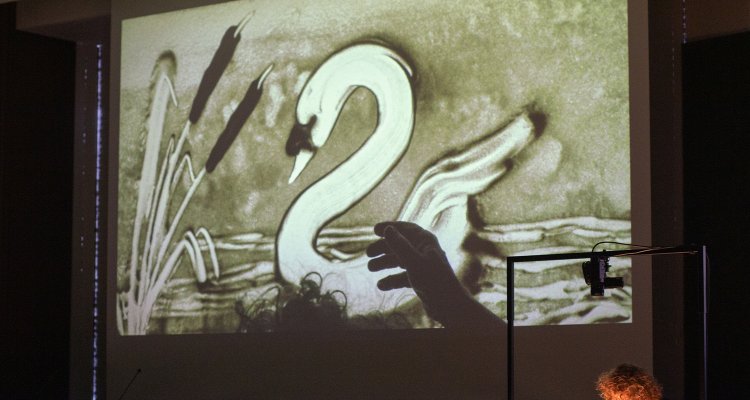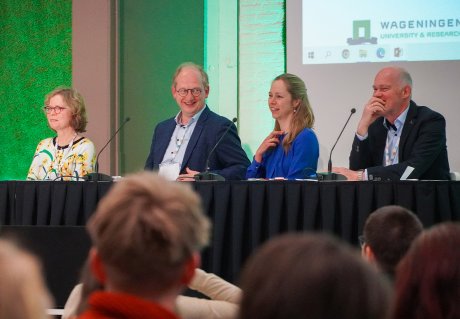
News
A review of Circular@WUR 2022
How far have we come on the essential transition to a circular, biobased society and which routes can we take to speed up the process? Scientists, business people and directors shared insights on the road to a safe and equitable society which respects our planet’s limits at the Circular@WUR 2022 conference this month.
The circular society has long since moved on from being a concept embraced by a few scientists and activists
The realisation that we need to swiftly say goodbye to the linear society as we know it today has been widely accepted. “The circular society has long since moved on from being a concept embraced by a few scientists and activists,” said Wageningen University & Research (WUR) rector magnificus Arthur Mol at the start of his speech opening the conference. Mol is also encouraged by the lessons of the past: “Seen from a historical perspective, linear systems are but a minor blip – the fossil economy has only been with us for 200 years.”
Limits to linear growth
The rector magnificus also referred to the work of British-American economist Kenneth Boulding and his warnings about the limits to exponential linear growth back in 1966. There’s been no shortage of good intentions in the meantime. As long ago as 1989, for instance, the Dutch government’s NationalEnvironmentalPolicy Plan was full of ways to increase circularity. More than three decades later, however, many of the barriers are still in place. “There’s been too much emphasis on material flows and technical solutions alone,” explained Mol.
The clock is ticking
The time has come for the world to speed up the transition to a circular society. Kicking off Circular@WUR 2022 Mol summarised a number of key issues: “How do we design circular systems? Which paths should we follow to make the transition? Which side effects, such as different lifestyles, do we need to take into account? And in what situations will ‘linear’ still be preferred in the future? One thing is for sure – the clock is ticking and we cannot wait another 200 years.”
Four pillars: biosphere, society, economy and partnerships
Bringing pioneers together to devise routes that will speed up the transition to a circular, biobased and climate-smart society: this was the primary goal of the three-day conference in Wageningen according to host Saskia Visser. Co-host Saskia Keesstra added that the programme was based on the four pillars of biosphere, society, economy and partnerships. These are the elements which are shaping the transition and various Sustainable Development Goals (SDGs) can be associated with each one. Keesstra highlighted how the four elements and their related SDGs are strongly interconnected and have effects that interact with one another: “You will miss the essence if you focus on just a single element or goal.”








